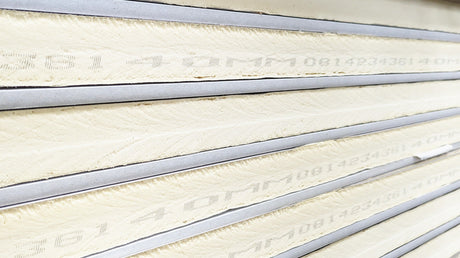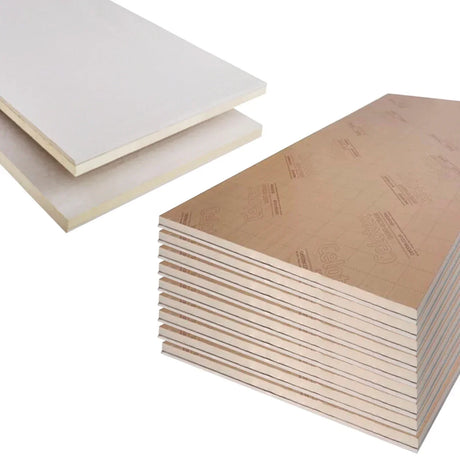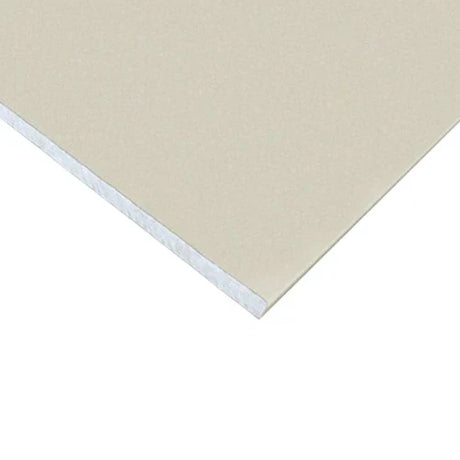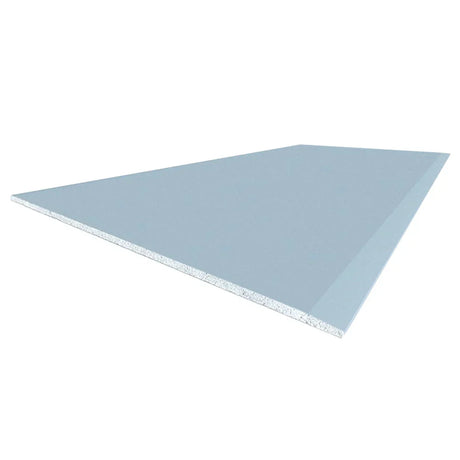While aluminium guttering offers exceptional longevity with minimal intervention, appropriate maintenance practices still prove essential for optimizing performance throughout its extended lifespan. Understanding the specific maintenance requirements helps establish appropriate care routines that protect both the guttering system and the building fabric it serves.
Regular debris clearance represents the most fundamental maintenance requirement, preventing blockages that could cause overflowing and consequent water damage to building fabrics. Accumulated leaves, twigs, moss, and airborne detritus gradually collect within guttering channels, potentially obstructing water flow towards outlets and downpipes. Establishing a bi-annual cleaning regime typically provides adequate protection, with cleaning ideally scheduled in late autumn after leaf fall and in spring following pollen and seed dispersal seasons. Areas with heavy tree coverage may require more frequent attention, potentially increasing to quarterly inspection and clearance. This simple maintenance procedure prevents the most common performance issues while allowing visual inspection for any developing problems requiring additional attention. The process involves carefully removing debris from guttering channels using gloved hands or appropriate scooping tools, flushing with clean water to confirm unobstructed flow, and checking downpipes for clear passage without internal blockages.
Outlet and downpipe inspection deserves particular attention during maintenance routines, as these critical drainage points often accumulate compacted debris that restricts water flow. Check outlet positions for unobstructed connection to downpipes, removing any accumulated material that could impede drainage. For systems with leaf guards or filters at outlet positions, ensure these protective elements remain securely positioned and free from excessive build-up that might prevent effective water passage. Downpipe inspection should include checking for clear internal passage, particularly at bends or offsets where debris might collect. Flushing with garden hose water from the top of the system while observing flow at ground level provides simple confirmation of clear passage. These critical drainage points often determine overall system effectiveness regardless of main channel condition, making their specific inspection an essential maintenance element.
Joint inspection ensures continued watertight integrity throughout the system's lifespan. Examine all connection points between gutter sections, angles, outlets, and downpipes for signs of leakage or seal deterioration. Quality aluminium systems with proper installation typically maintain joint integrity for decades without intervention, but occasional inspection allows early identification of any developing issues before they cause significant problems. Look for water staining beneath joints, mineral deposits indicating slow leakage, or any visible separation between connected components. For mechanical joint systems, check for secure fixing with no loose bolts or visible gasket compression issues. Most joint problems identified during routine inspection require minimal intervention if addressed promptly, typically involving simple gasket replacement or fixing tightening rather than component replacement. This proactive approach prevents the progressive deterioration that could otherwise develop from minor initial defects.
Bracket and fixing security warrants periodic verification, particularly after extreme weather events like strong winds or heavy snow loading. Visual inspection combined with gentle manual testing can identify any brackets showing movement or fixings that have begun to loosen from their supporting structure. Early identification of these support issues allows simple remedial tightening before movement becomes sufficient to affect gutter alignment or fall angles. For systems installed on timber fascias, pay particular attention to fixing security if the supporting timber shows any signs of deterioration or water damage that might compromise holding strength. When brackets require re-securing, always use fixings of appropriate type and quality for the specific substrate, ideally matching the original installation specification. This straightforward maintenance check prevents the progressive support failure that could otherwise lead to section collapse and consequent building fabric damage.
Surface cleaning maintains both appearance and protective function of the powder-coated finish. Unlike some alternative materials requiring regular repainting, quality aluminium guttering needs only occasional cleaning to maintain its original appearance throughout its extended lifespan. For standard installations in typical environments, washing with mild detergent solution using soft cloths or sponges every 2-3 years typically suffices to remove atmospheric contamination and maintain surface appearance. Areas subject to higher pollution levels or coastal environments with salt spray exposure benefit from more frequent cleaning, potentially increasing to annual washing. Avoid abrasive cleaning methods, high-pressure washing, or aggressive chemical cleaners that might damage the powder-coated surface. This gentle cleaning approach maintains the protective function of the factory-applied finish while preserving aesthetic appearance without requiring more invasive interventions.
Localised damage repair may occasionally prove necessary despite aluminium's inherent durability. Impact damage from ladders, falling branches, or maintenance activities might create dents, scratches, or coating damage requiring attention. Minor surface scratches affecting only the powder coating can be addressed using manufacturer-supplied touch-up paint, carefully applied to the specific damaged area after appropriate cleaning and preparation. More substantial damage affecting the aluminium substrate might require section replacement, though the material's malleability sometimes allows reshaping of minor deformations. When damage occurs at joint positions, consider complete joint renewal rather than attempted repair, ensuring continued watertight integrity. These localised repairs prevent both appearance degradation and potential corrosion initiation at damaged points, maintaining system integrity despite occasional accidental damage.
Professional inspection at extended intervals provides comprehensive evaluation beyond routine maintenance capabilities. While standard cleaning and visual checking remains accessible to most property owners, engaging professional assessment every 8-10 years offers more thorough evaluation with expert knowledge of potential developing issues. Professional inspectors evaluate factors including bracket fixing substrate condition, long-term movement effects at expansion provisions, building settlement impacts on fall angles, and subtle early indicators of joint deterioration that might escape untrained observation. This periodic expert assessment proves particularly valuable for larger properties with extensive guttering systems or installations in challenging environments where deterioration might progress more rapidly. The modest investment in professional inspection often prevents more costly remedial requirements by identifying developing issues before they cause significant damage.
Specific environmental challenges may necessitate tailored maintenance approaches. Properties in coastal locations with salt-laden air benefit from more frequent cleaning to prevent salt accumulation on surfaces, ideally washing with clean fresh water at 6-12 month intervals depending on proximity to the coast. Urban locations with higher pollution levels similarly benefit from adapted maintenance regimes addressing the specific contaminants present in these environments. Areas with severe winter conditions might require additional checks for ice damage or snow loading effects following extreme weather events. These environment-specific maintenance adaptations recognize the varying challenges presented by different installation locations, tailoring care regimes to address particular regional factors beyond standard maintenance considerations.
Winter preparation deserves specific attention in regions experiencing freezing conditions. While aluminium itself remains unaffected by freezing temperatures, accumulated water within guttering channels that cannot drain properly may freeze and expand, potentially causing joint stress or bracket loading beyond design parameters. Before winter onset, ensure complete debris clearance with particular attention to outlet positions and downpipe connections, confirming unobstructed drainage paths that prevent water accumulation. Check fall angles maintain appropriate gradient without sagging sections that might trap water, and verify downpipes remain clear throughout their length. These simple preparatory measures prevent the freezing-related damage that sometimes affects guttering systems during severe winter conditions, protecting both the aluminium components and their connections to the building fabric.
Record-keeping provides valuable long-term maintenance benefits often overlooked in basic care advice. Maintaining simple documentation of installation date, system specification, and maintenance activities creates useful reference information for future property owners or maintenance contractors. Record any component replacements or repairs with specific details of materials used and work performed, creating comprehensive system history that informs future maintenance decisions. For larger properties with extensive guttering systems, consider creating annotated photographs or diagrams identifying specific areas requiring particular attention based on historical experience. This systematic documentation approach greatly assists long-term maintenance efficiency, preventing repeated problems through informed preventative attention to historically vulnerable areas.
At DIY Building Supplies, we provide comprehensive maintenance guidance for our aluminium guttering systems, helping customers establish appropriate care routines that maximize performance and longevity. Our technical team offers specific advice for properties with unusual characteristics or challenging environmental conditions, ensuring optimal maintenance practices tailored to your particular installation circumstances.









